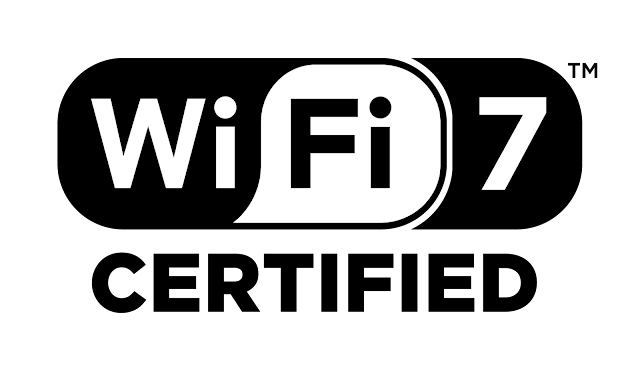As the curtains rise on CES 2024 in Las Vegas, the spotlight is on the latest evolution in wireless technology – WiFi 7. With the completion of standardization by the WiFi Alliance, consumers can now look forward to certified devices, though the immediate benefits of WiFi 7 might be more limited, especially in the European market.
The WiFi Alliance has enlisted the support of industry giants such as Broadcom, Commscope Ruckus, Intel, Maxlinear, Mediatek, and Qualcomm to pave the way for the certification of future devices. These companies form the bedrock against which devices must undergo rigorous testing. Impressively, they are also the first to bring certified systems to the market, with some presenting components for routers or access points.
Amidst the buzzing excitement of CES, unexpected players like Acer are seizing the opportunity to make a mark in the European market with their WiFi routers. This influx of diverse manufacturers suggests a dynamic landscape where WiFi 7 is not just an upgrade but a gateway for various companies to carve their niche in the evolving wireless connectivity market.
The Technological Advancements
WiFi 7, officially known as 802.11be, introduces several key features that aim to elevate the wireless experience. One standout feature is the use of 320 MHz wide channels, marking a doubling compared to the previous WiFi 6E. This expansion aims to provide a broader bandwidth, enhancing data transfer speeds and overall network efficiency.
However, a noteworthy challenge emerges – in Europe, only one of these channels can be utilized, as half of the frequency band remains restricted. This limitation poses a potential hurdle to fully realizing the capabilities of WiFi 7 in certain regions.
Another significant addition to WiFi 7 is the introduction of multi-link operation, akin to carrier aggregation. While this feature holds promise for scenarios with high device densities, such as trade fairs or stadiums, its practicality for regular home use might be limited. The true potential of multi-link operation becomes apparent in specialized environments where numerous devices simultaneously connect, avoiding network congestion and ensuring a seamless experience.
Regional Disparities
One of the critical aspects influencing the impact of WiFi 7 is the regulatory environment. The disparity in channel availability between regions, particularly the restrictions in Europe, brings attention to the complex interplay between technological advancements and regulatory frameworks.
For users in Europe, the advantages of WiFi 7 might not be fully harnessed due to these regulatory constraints. This regional divide underscores the importance of considering the global implications of wireless standards and the need for alignment between technological innovation and regulatory harmonization.
Market Implications
With the advent of WiFi 7, CES 2024 is set to witness a plethora of WiFi-related presentations, not only from traditional networking companies but also from unexpected players venturing into the realm of wireless connectivity. Acer's foray into the European market with WiFi routers exemplifies the expanding opportunities and competitive dynamics spurred by the introduction of new wireless standards.
Despite the potential hurdles and regional variations, the WiFi 7 Certified label brings a sense of assurance to consumers. The certification process, facilitated by the WiFi Alliance, ensures that devices meet stringent quality and performance standards. This heralds a new era where customers can trust that their devices will deliver on the promises of enhanced speed, reliability, and connectivity.
Conclusion
As CES 2024 unfolds, WiFi 7 emerges as a beacon of innovation, promising a future of faster and more reliable wireless connectivity. The collaboration of industry leaders, the introduction of cutting-edge features, and the diverse market response collectively shape the narrative of WiFi 7's debut.
While challenges like regional disparities and channel limitations pose considerations, the overall trajectory is one of progress. WiFi 7 Certified devices, backed by the stringent controls of the WiFi Alliance, instill confidence in consumers and set the stage for a new chapter in the evolution of wireless technology.
As the first certified Wi-Fi routers make their debut at CES 2024, the stage is set for a transformative year in the realm of wireless connectivity. Whether in the bustling environment of trade fairs or the comfort of home, WiFi 7 is poised to redefine the way we experience and interact with the digital world.

